"Submarine Carriers"
Between the end of the first world war and the beginning of the second, practically all the leading naval states seriously considered the possibility of launching aircraft from submarines. But only in Japan did this concept undergo significant changes. This series even had the name "Saint Toki". From reconnaissance aids, the aircraft turned into almost the main weapons of submarines. The appearance of such an aircraft for a submarine such as the Seyran turned out to be actually an element of a strategic weapon, which included a bomber plane and a loaded aircraft carrier. The plane was ordered to bomb objects that no ordinary bomber could reach. The main stake was made on complete surprise. The idea of a submarine carrier was born in the minds of the imperial naval headquarters of Japan a few months after the outbreak of war in the Pacific. It was planned to build submarines that surpassed everything that had been created before - especially for the transportation and launch of attack aircraft. Flotilla such diesel submarines were supposed to cross the Pacific Ocean, immediately before the chosen goal to launch their aircraft, and then plunge. After the attack, the planes were to meet with submarine aircraft carriers, and then, depending on weather conditions, the method of herding the crews was chosen. After that, the flotilla was again submerged under water. For a greater psychological effect, which was put above physical damage, the method of delivering aircraft to the target should not have been disclosed.
Next, the submarines had to either go to meet supply vessels to receive new aircraft, bombs and fuel, or act in the usual way using torpedo equipment. The program, naturally, developed in an environment of heightened secrecy, and it is not surprising that the Allies first heard about it only after the surrender of Japan. At the start of 1942, the Japanese top command issued an order to shipbuilders for the most powerful diesel submarines built by anyone until the beginning of the atomic era in shipbuilding. It was planned to build 18 submarines. In the design process, the displacement of such a submarine increased from 4125 to 4738 tons, the number of aircraft per bay from three to four. Now it was up to the plane. The fleet headquarters was discussing it with the Aichi congressman, who, since 20, built aircraft exclusively for the fleet. The fleet believed that the success of the whole idea depended entirely on the high characteristics of the aircraft. The plane had to combine high speed to avoid interception, with a long range 1500km. But since the plane was supposed to be virtually one-time application, the landing gear type was not even negotiated. The diameter of the aircraft carrier's hangar was set at 3,5, but the fleet required the aircraft to fit in it without disassembly.
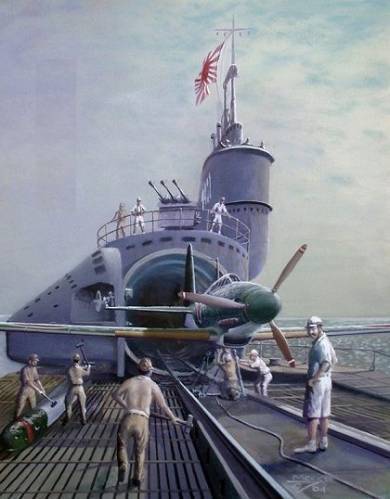
The Aichi designers considered such high demands as a challenge to their talent and accepted them without objections. As a result of 15 in May, 1942 appeared requirements for an experimental bomber "for special missions". Hopio Ozaki became the chief designer of the aircraft. The development of the aircraft, which received the brand designation "AM-24" and short "M6A1", progressed smoothly. The plane was created under the engine "Atsuta" - the licensed version of the 12-cylinder engine liquid cooling "Daimler-Benz" "DB-601". From the very beginning, the use of detachable floats, the only part of the Seyran to be dismantled, was supposed to be. Since the floats markedly reduced the flight data of the aircraft, it was considered that they could be dropped in the air if necessary. In the submarine's hangar, respectively, provided for fixing for two floats. At the end of the autumn, the 1944 Imperial fleet began to train the pilots of the Seyranov, the flight and service personnel were carefully selected. December 15 The 631 th Air Corps was created under the command of Captain Totsunok Apiizumi. The hull was part of the 1 submarine flotilla, which consisted of only two submarines - I-400 and I-401. The flotilla had in its composition 10 "Aircraft". In May, the submarines I-13 and I-14 joined the flotilla, which were involved in the preparation of the Seyranov cruises. Within six weeks of training, the release time of the three “Seyranov” from the submarine was reduced to 30 minutes, including the installation of floats, although in battle it was planned to launch aircraft without floats from the catapult, which 14,5 minutes required. The initial purpose of the 1 fleet was the locks of the Panama Canal. Six aircraft were to carry torpedy, and the remaining four - bombs. On the attack of each target two aircraft were allocated. The flotilla was to be dispatched to the same rank as the squadron Nagumo during the attack on the Pearl Harbor, three months earlier. But it soon became clear that even if successful, such a raid was absolutely meaningless to influence the strategic situation in the war. As a result, 25 June was followed by an order to direct the 10 th submarine flotilla to attack US aircraft carriers on the Uliti Atoll. 6 August I-400 and I-401 left Ominato, but soon a fire broke out on the flagship because of a short circuit. This made it necessary to postpone the start of the session until August 17, two days before Japan surrendered. But even after that, the headquarters of the Japanese fleet planned to launch an attack on August 25. However, 16 August flotilla received the order to return to Japan, and after four days - to destroy all offensive armaments.
The commander of the flagship I-401 diesel submarine, Captain I rank Aridzumi, shot himself to death, and the team ejected planes without pilots and not starting the engines. The I-400 did the easiest and the planes, and the torpedoes simply pushed into the water. Thus ended the suicide operation, in which the kamikaze pilots and the latest torpedo bombers, based on the largest submarines in the world, participated. Even in this case, along with the use of the most advanced and modern weapons, Japanese engineering and military thought could not do without the help of kamikazes. All this once again testifies to the adventurism of the highest military leadership, obsessed with the use of suicide bombers, relying on the "Japanese spirit" and developing the most incredible systems weapons hoping for a miracle.
All of the “submarine aircraft carriers” were taken to the US Navy Pearl Harbor (Hawaii) base for study, but in May 1946 were diverted to sea, shot by torpedoes and flooded because Russian scientists demanded access to them. ”
In March, 2005, an underwater expedition of the University of Hawaii, discovered a submerged I-401 Japanese submarine at the bottom of the Pacific Ocean near the island of Oahu. ” The acting director of the underwater research laboratory at the University of Hawaii, John Wiltshire, said that the remains of the I-401 submarine hull, which had fallen into two pieces, were found at a depth of 820 meters and were visually examined using a descent submersible. "I-402" was decided to convert to a submarine vessel. Construction was halted on the 1945 mark at 90% availability.
Technical characteristics of the submarine aircraft carrier:
Length - 120 m;
Width - 12 m;
Displacement - 6550 tons;
Power reserve - 3500 miles;
Immersion depth - 100 m;
The power plant - diesel;
Speed - 18 nodes;
Crew - 144;
Armament:
Tool 140 mm -1;
Tool 25 mm -3;
Torpedo tubes - 8;
Aircraft - 3
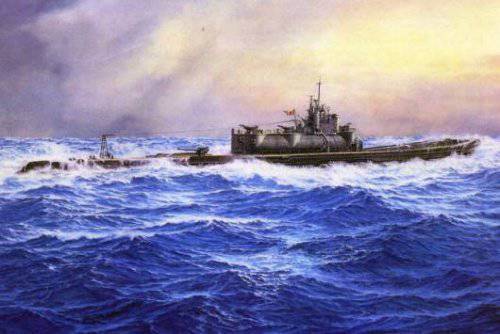
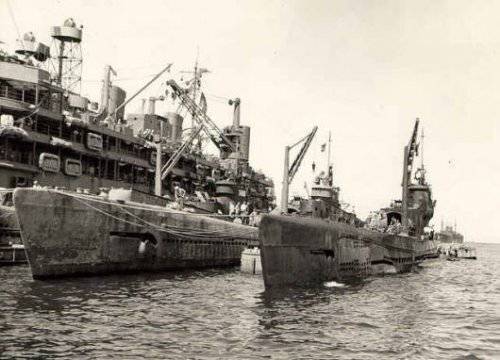
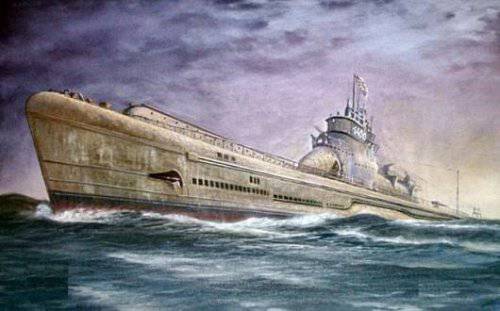
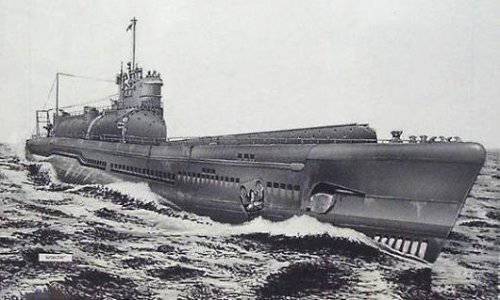
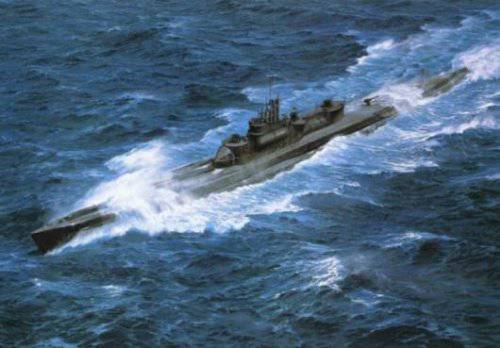
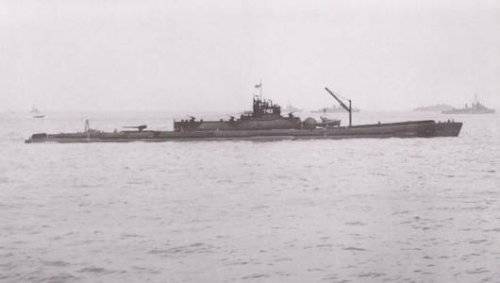

Information